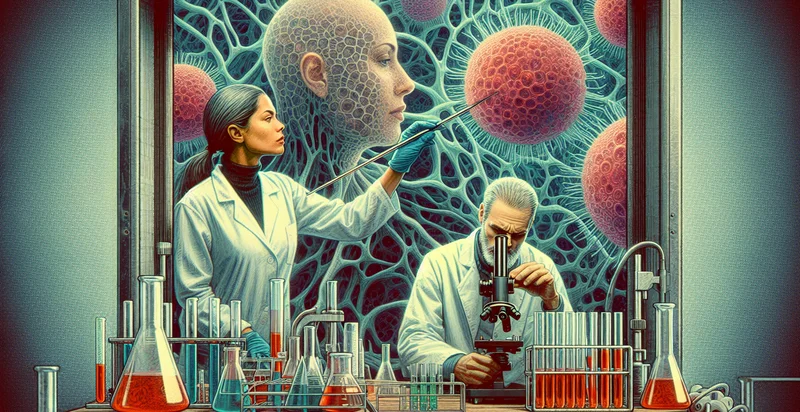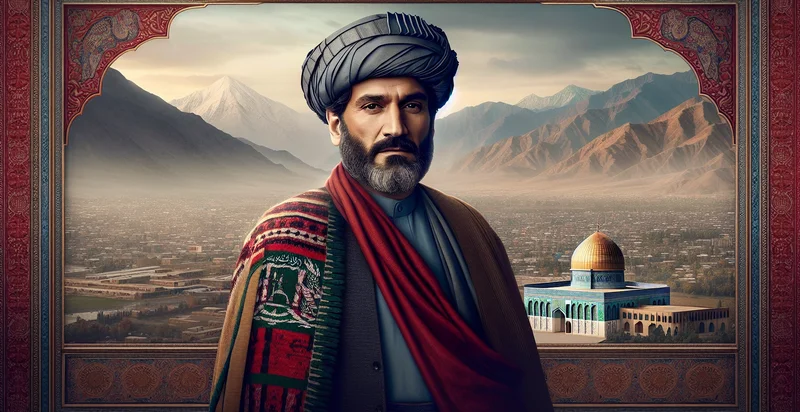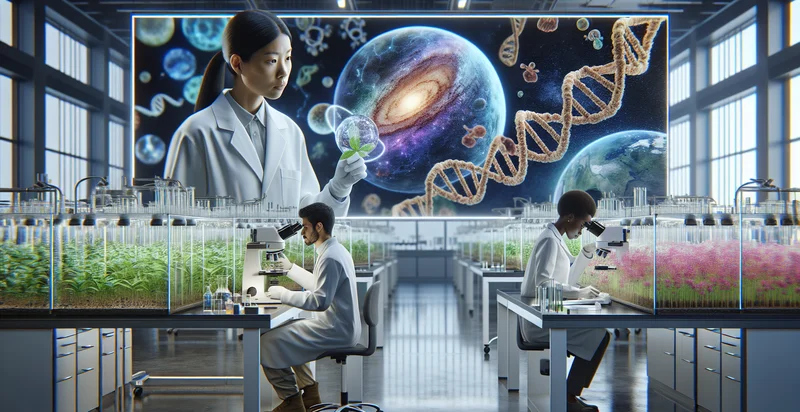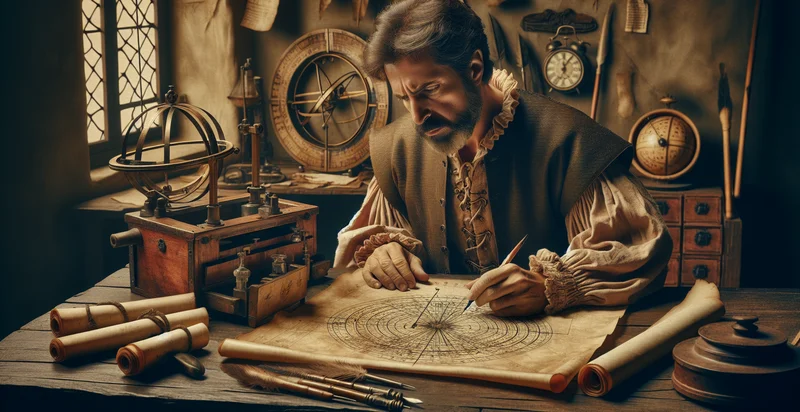Identify scientist by picture
using AI
Below is a free classifier to identify scientist by picture. Just upload your image, and our AI will predict what scientist is depicted in the image - in just seconds.

Contact us for API access
Or, use Nyckel to build highly-accurate custom classifiers in just minutes. No PhD required.
Get started
import nyckel
credentials = nyckel.Credentials("YOUR_CLIENT_ID", "YOUR_CLIENT_SECRET")
nyckel.invoke("scientist-by-picture", "your_image_url", credentials)
fetch('https://www.nyckel.com/v1/functions/scientist-by-picture/invoke', {
method: 'POST',
headers: {
'Authorization': 'Bearer ' + 'YOUR_BEARER_TOKEN',
'Content-Type': 'application/json',
},
body: JSON.stringify(
{"data": "your_image_url"}
)
})
.then(response => response.json())
.then(data => console.log(data));
curl -X POST \
-H "Content-Type: application/json" \
-H "Authorization: Bearer YOUR_BEARER_TOKEN" \
-d '{"data": "your_image_url"}' \
https://www.nyckel.com/v1/functions/scientist-by-picture/invoke
How this classifier works
To start, upload your image. Our AI tool will then predict what scientist is depicted in the image.
This pretrained image model uses a Nyckel-created dataset and has 25 labels, including Avogadro, Bohr, Crick, Curie, Darwin, Edison, Einstein, Faraday, Feynman and Galileo.
We'll also show a confidence score (the higher the number, the more confident the AI model is around what scientist is depicted in the image).
Whether you're just curious or building scientist by picture detection into your application, we hope our classifier proves helpful.
Related Classifiers
Need to identify scientist by picture at scale?
Get API or Zapier access to this classifier for free. It's perfect for:
- Researcher Verification: The "scientist by picture" identifier can be employed in academic institutions to verify the identity of researchers during conferences or symposiums. This ensures that individuals presenting work are indeed qualified scientists, thereby enhancing the credibility of the event.
- Networking Tool for Scientists: The function can be integrated into professional networking platforms to facilitate meaningful connections among scientists. By identifying scientists through images, it can suggest potential collaborators based on shared research interests and expertise.
- Event Management: In scientific conferences, organizers can utilize this identifier to streamline attendee check-ins by validating the identity of participants through their photos. This minimizes the risk of fraud and enhances security during the event.
- Social Media Engagement: Universities and research institutions can use the image classification function on their social media platforms to tag and highlight their scientists' contributions. This not only boosts individual visibility but also promotes institutional achievements in the scientific community.
- Recruitment Processes: Corporate R&D departments can implement the identifier in their recruitment processes to screen applicants' backgrounds. By ensuring candidates are genuine scientists, hiring managers can make better-informed decisions about potential talent.
- Academic Publication Screening: Journals can utilize the function to authenticate the identities of authors submitting papers. This process helps prevent cases of misrepresentation and ensures that only verified scientists are publishing their findings, maintaining the integrity of academic literature.
- Science Communication and Public Engagement: Science museums and public science initiatives can use this identifier to create interactive exhibits that educate visitors about prominent scientists. By recognizing scientists through images, exhibits can provide additional information about their contributions and promote public interest in the field.


